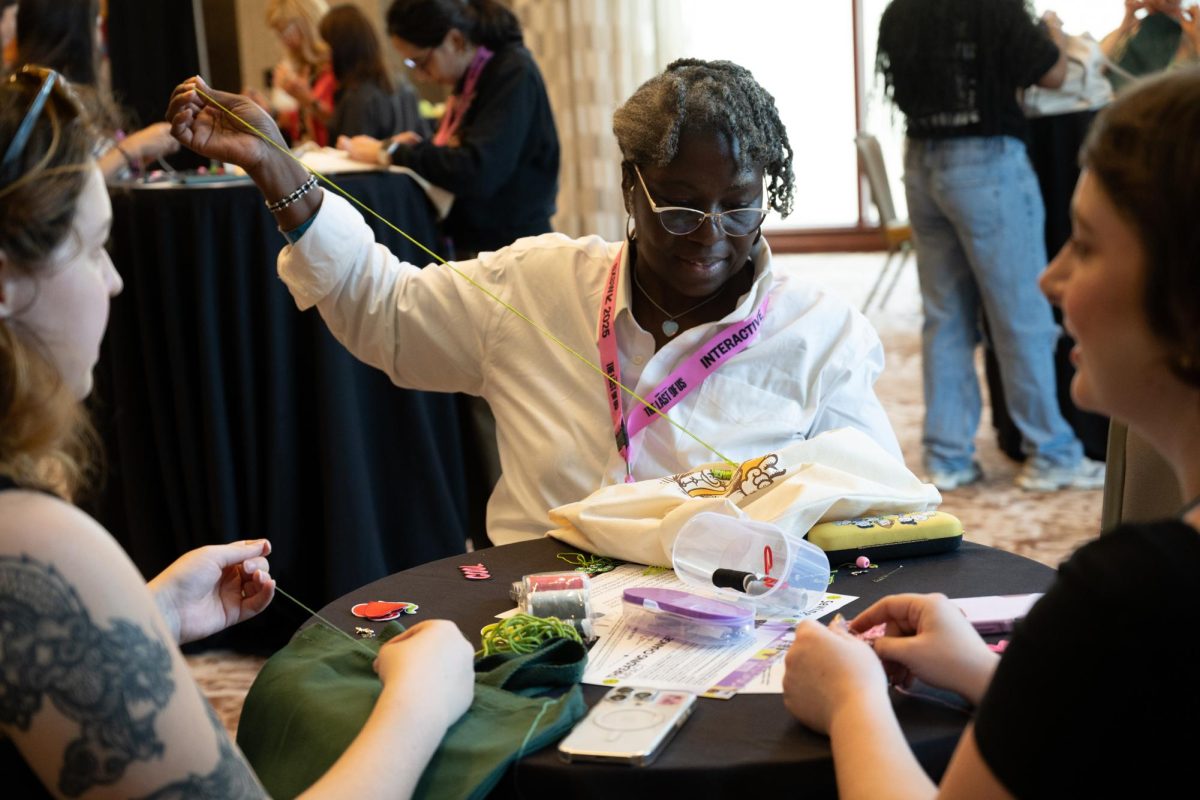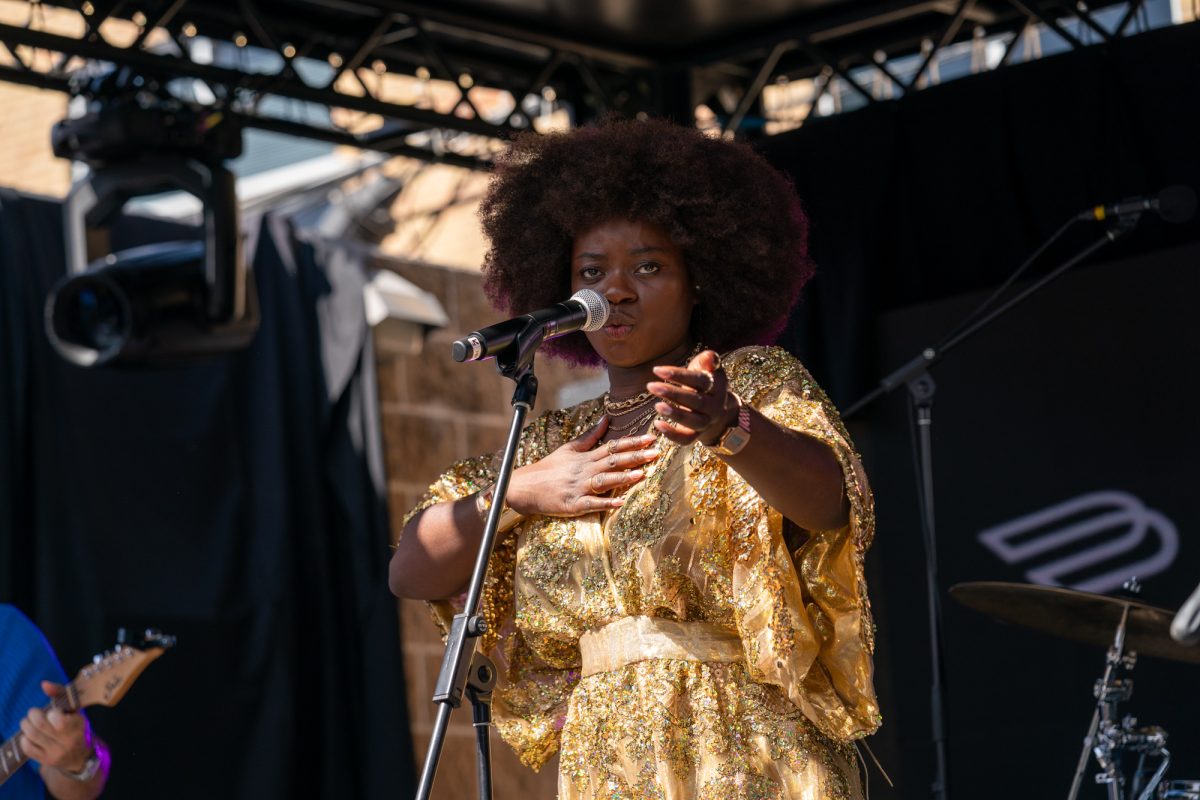When Bill Wang was first introduced to calligraphy as a child, he quickly lost interest because there was only one color – black. But six years ago, Wang felt compelled to pick up his brush again to relearn the art that almost died.
Calligraphy is the ancient Chinese art of stylized writing that combines aesthetic beauty with dynamic movement and poetry. In September 2016, Wang, a biomedical engineering graduate student, formed UT’s first organization dedicated to calligraphy. He holds class once a week to teach the craft and practice with friends. Growing up in the northern province of Jilin, China, Wang was surrounded by calligraphy his whole life but never learned to appreciate it until he began
practicing himself.
“I used to look at a highly valued piece and think ‘what is this crap?’” Wang said. “I didn’t understand it, so I judged it superficially. But the more I learn, the more I (realize) how far I am away from that and how great that piece really is.”
During Lunar New Year, calligraphy plays an integral role in celebrating the holiday. People will often hang calligraphic couplets around their doors to invite good luck into their home for the upcoming year.
“Usually you see it in every door,” Wang said. “It’s like a Christmas tree.”
In dynastic times, calligraphy wasn’t an art, but a way for nobles to communicate with one another. Since then, calligraphy has taken on a highly revered status. It can take years of practice before artists develop a basic understanding of the art.
“Even the slightest movement of your fingers can affect strokes a lot,” Wang said. “There’s different levels to judge a piece by. Stroke, quality, the formation of the character, the balance of spacing between strokes and the spacing between each character. When you look at it, does it make you
feel comfortable?”
During the Cultural Revolution, Maoist government officials campaigned to destroy elements of traditional culture in order to promote communism. Calligraphers were executed and many masterpieces were either lost or destroyed. In addition to the popularization of printing and electronics, calligraphy was poised to become extinct.
Though much history was lost, Chinese professor Yongfeng Liu, who studied calligraphy during university, said there has been recent a push to reclaim the art.
“Chinese people are beginning to realize that some of the culture has been lost during the past years and have started paying attention to this,” Liu said. “The traditional culture is becoming popular again.”
Though some modern calligraphers often incorporate elements of modern Western art into their
pieces, Wang is dedicated to preserving the artwork in its truest forms.
“In order to break away from the basics, you have to be a master of the traditional form first,” Wang said. “Modern Chinese calligraphy artists, most of them go the other way and try to break all the rules without knowing all the rules.”
Nutritional science graduate student Xiyuan Lu joined Wang’s club because she always had an interest in calligraphy, but never got the chance to practice before.
“When you write you keep your mind settled,” Li said. “It helps you calm yourself and your mind because you want to write as good as you can.”
Though Wang has a deep love for the ancient art and holds himself to high artistic standards, his vision for the future is modest.
“I don’t hope to become a master myself,” Wang said. “I hope to influence people around me. Hopefully it will grow exponentially or at least one more person will know it. That’s what I hope.”















